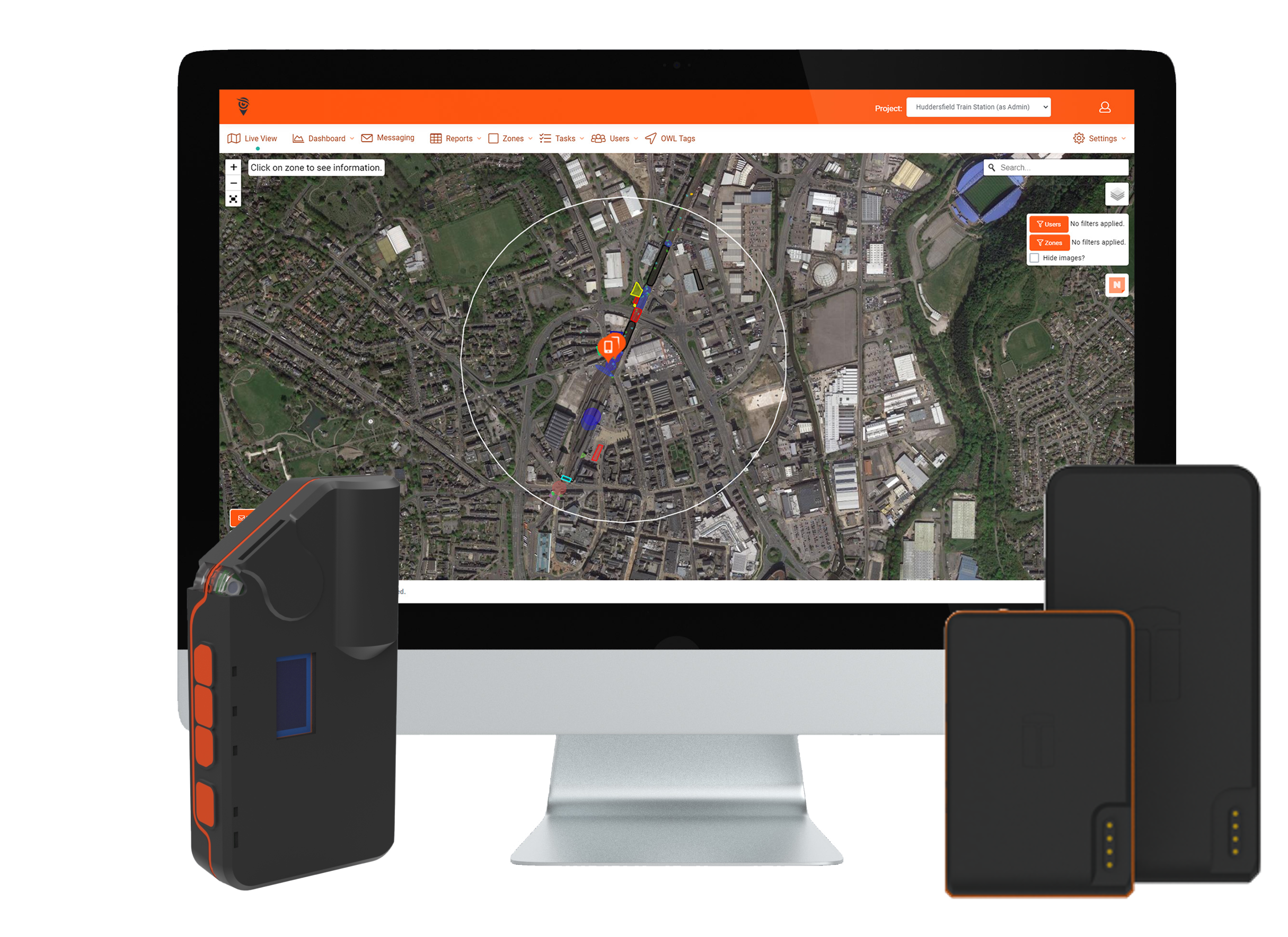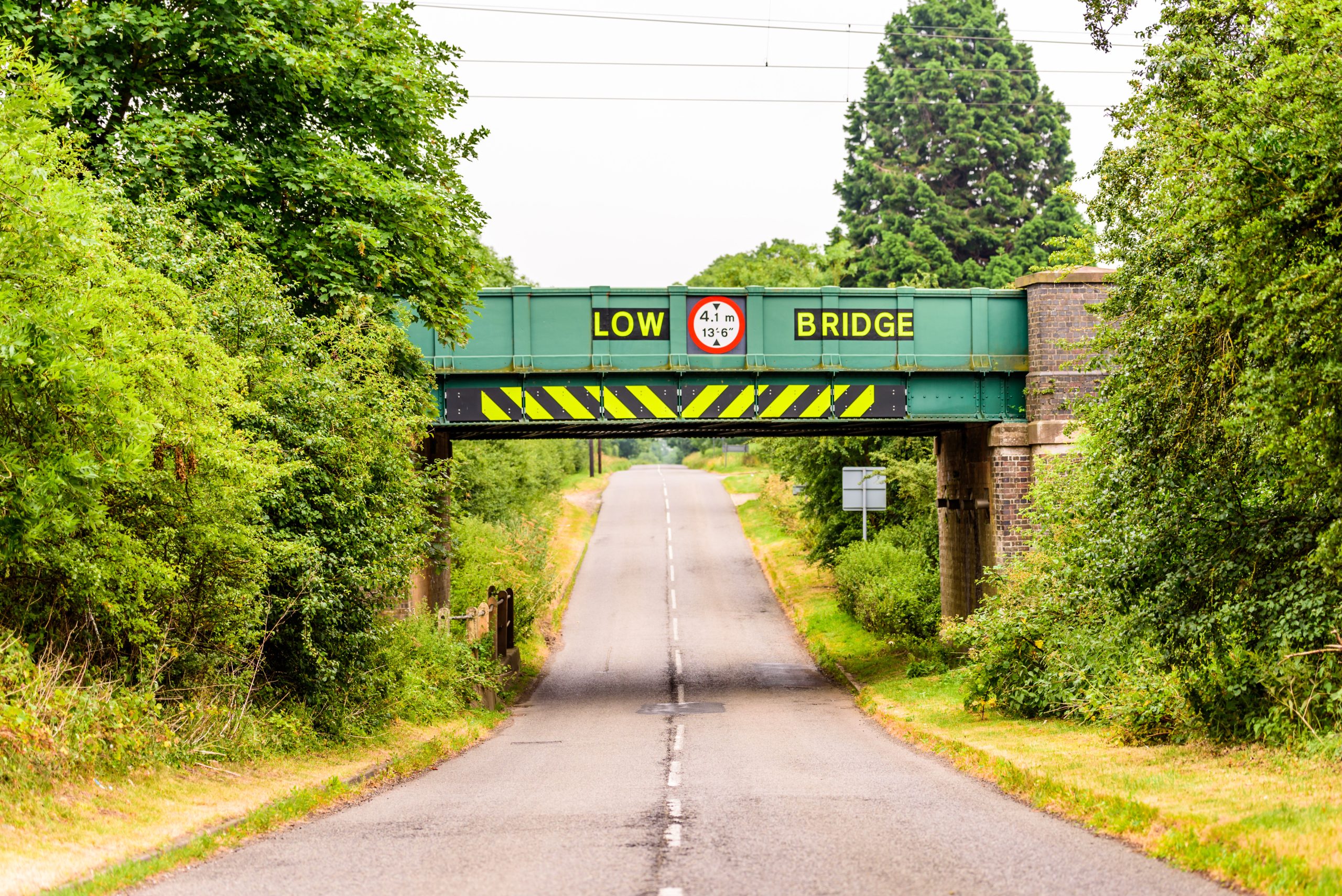Embracing digital technology will help the construction sector be more efficient and productive.
The construction industry in general has a poor record when it comes to productivity – the RICS 2023 construction productivity report highlights that construction sector productivity has largely remained stagnant in recent years, based on findings in a report published by the McKinsey Global Institute.
45% of respondents to the RICS survey responded that they had seen no change in productivity over the past 12 months, furthermore, 19% stated that productivity had fallen.
How can digital technology help?
Globally, the RICS report identified the top three interventions that could significantly improve productivity for the sector, these were defined as:
- Upskilling the workforce
- Greater investment into data and digitisation, and
- Improving procurement and supply chain management.
This article is going to focus on how data and digitisation can drive productivity and efficiency for the sector.
Digital tools to help make better decisions.
When you make decisions based on data, they are based on facts not on guess work or rough estimates. Using, for example digital twins which are virtual replicas of physical objects linked to real data sources from the environment, digital twins can facilitate rapid learnings, agile product design and ensure that accurate predictions can be applied to live situations. To use digital twins effectively the construction industry requires rich and reliable data.
Every single Tesla on the road has a digital twin – creating a virtual replica of each car sold, Tesla capture data from sensors which is fed back to and then interpreted by AI which in turn determines if the car is working optimally or needs maintenance. Some of these can easily be fixed virtually with software updates- others will create a predictive maintenance schedule.
Technology can help drive efficiency.
A similar report from FMI corporation highlights that only 8% of engineering & construction firms have access to real-time data for full project management and analysis. Furthermore, this same report highlights that 13% of working hours are spent looking for information and project data.
This level of inefficiency can only be improved with tools to ensure data is used to make informed and impactful decisions. Having a project or mission control room can quickly become an essential part of a major project – giving complete visibility of people, assets, and movements across often extensive project areas.
Harnessing the right talent to drive use of technology.
It isn’t just about having the tools, it is about ensuring you have the right people to set them up, iterate on learnings and manage data so that it can be used in the right way – hiring people who can give insights on data and how it can be used to drive efficiency and make informed decisions is key.
By teaming data specialists with domain knowledge, businesses can start to:
- Make accurate predictions and understand trends
- Discover relationships between data points
- Unlock efficiencies and improvements in multiple areas; safety, environment, operations
- Identify variations in departments or teams to understand what drives high performance.
Construction cannot ignore the necessity to have the right people in place and roles such as Digital Transformation Officer, Chief Technology Officer and Head of Innovation are becoming key to unlocking the solutions to solve issues, improve productivity and understand how technology can enhance the sector.
Useful links
FMI_BigDataReport.pdf (fmicorp.com)
RICS Construction productivity report 2023
What a digital twin is and how you can contribute – GOV.UK (www.gov.uk)
The Best Examples Of Digital Twins Everyone Should Know About (forbes.com)
At Onwave we provide both the connectivity and technology to power digitisation across our customers sites, delivering everything from the communications backbone to custom application development. Get in touch to discover how we’re enabling digital tools for a wide range of construction customers.






